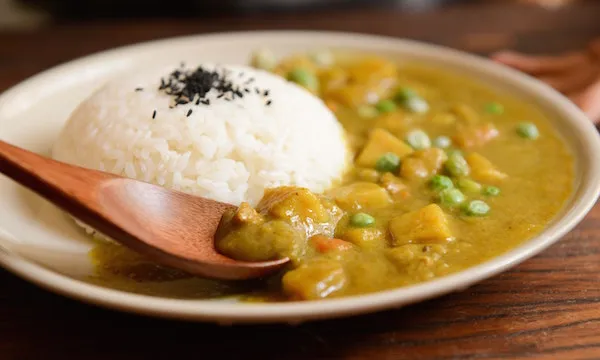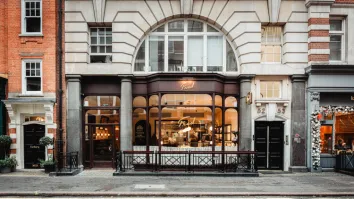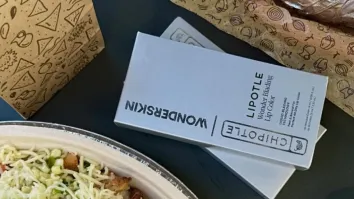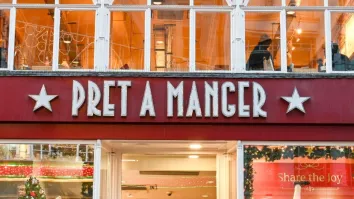
British foodservice showing early signs of recovery
Spend for week ending 12 July reached half of pre-lockdown levels.
There is now clear evidence of a slow but encouraging recovery in the British out-of-home (OOH) foodservice market, according to The NPD Group.
New data from the insights company revealed that weekly spend to the end of 12 July recovered to 50% of the levels seen before the COVID-19 lockdown, representing an improvement of 30 percentage points since lockdown in late March.
By occasion, dinner showed the strongest recovery with weekly spend now at almost two-thirds (64%) of pre-lockdown levels, compared to the late March low point of 29%. This improved performance for dinner is said to be supported by the continued strength of delivery, which grew during lockdown and is now still 60% higher in spend pre-lockdown.
“While this data on spending shows evidence of some recovery in British foodservice, it is not clear if this reflects the start of a sustainable improvement or the short-term satisfaction of pent-up demand following relaxation measures,” The NPD Group insights director for foodservice Dominic Allport said. “Perspex screens, hand sanitizers, masks, gloves, social distancing messaging and other initiatives underline that the British foodservice experience has changed. But it also shows this industry is working hard to recover.”
Greater eating out spend at weekends
NPD also learned that activity is on the increase at weekends. In the three weeks since the end of June, weekend spend has doubled from 29% of pre-lockdown to 57%. Recovery is also more evident among younger consumers, with spend now at 45% of pre-lockdown levels whilst spend for the 25 to 34 age group is at 51%.
Amongst those aged 55 or over, spend remains less than 25% pre-COVID-19, although this is up from the 9% seen in late March. NPD also saw spending that is “motivated by the desire for a ‘treat’” having increased sharply. At the beginning of July, it recovered to 70% of pre-lockdown levels.
Dining in still more popular
The gap between eating out and buying prepared food to eat at home is still wide.
Just before the 4 July relaxation in England, spend associated with eating at home was one third (34%) above pre-lockdown levels. Spend for eating out in a venue remains low and as of 12 July was 77% below levels seen before lockdown.
“Treating could be an indication that consumers have grown impatient with lockdown and the restrictions associated with it. Operators can tap into this desire for a personal or family treat by offering choice or value to encourage repeat visits,” Allport said. “The prevalence of eating prepared food at home is further evidence that some consumers simply aren’t ready to eat out. That’s not surprising given the impact of the lockdown on people’s psyche, especially older people or those who have underlying health conditions.”
Looking ahead, NPD anticipates more customers for the foodservice industry as more Brits opt for staycations. It also welcomed the ‘Eat Out to Help Out’ scheme, saying it might boost visits, but said its short-term validity may not allow it to have a big impact.
On the VAT tax cut from 20% to 5% that applies to hospitality and tourism until January 2021, NPD said the move would likely provide a much-needed stimulus as operators pass on lower prices to consumers.
























